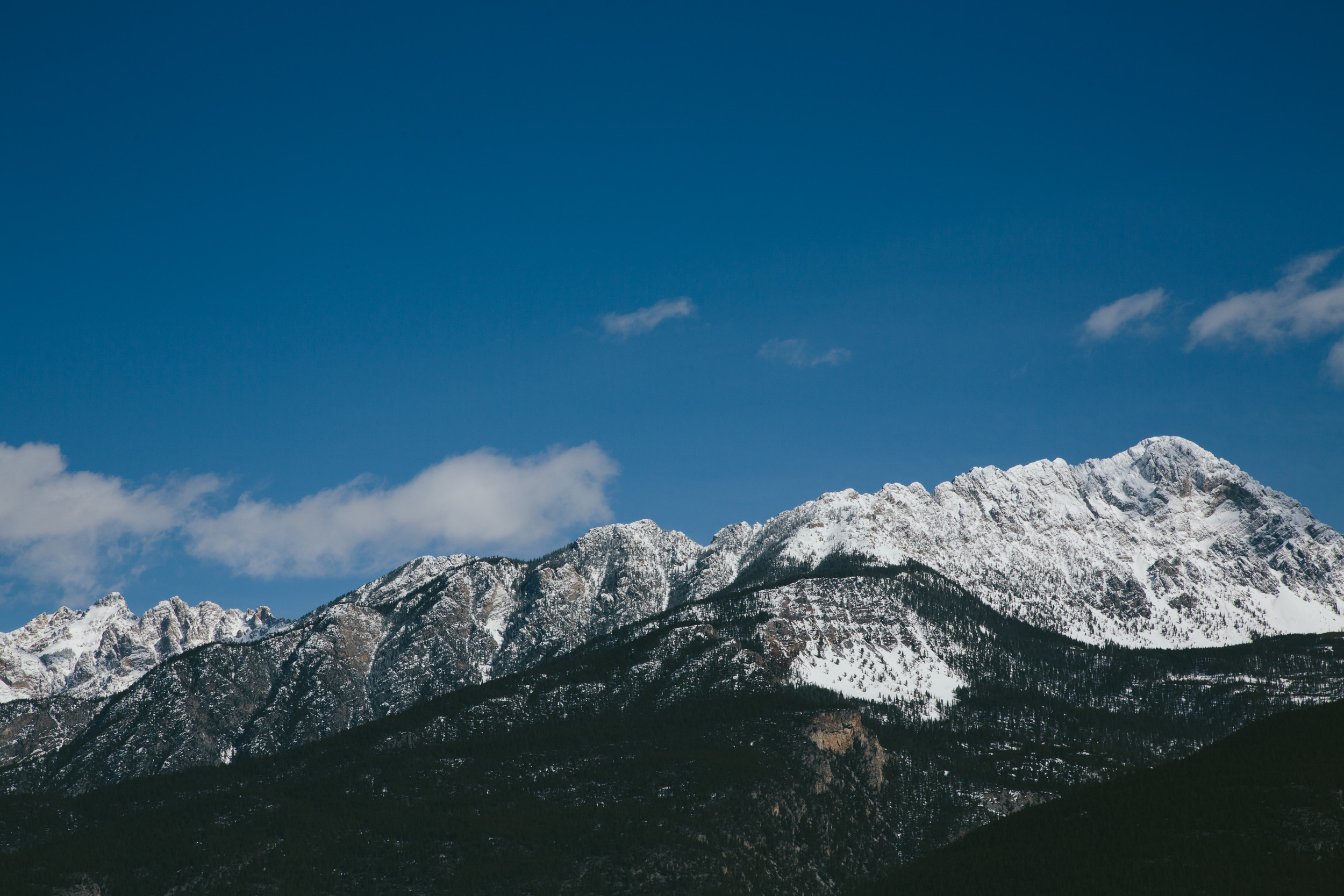I think it’s safe to say that for everyone things seem a bit out of whack during this coronavirus apocalypse, even for things not directly related to the disease. Maintaining family harmony, deciding what to do to get out of the house, and even choosing what to buy to eat all present new challenges. Sometimes it can even seem as though the natural order of things is out of balance.
And then there was today. Beside the lake, beneath the trees, lay a young fawn curled up and waiting for its mother. This by itself is not usual. Does will often leave their fawns for most of the day, returning periodically to nurse their fawns for only a few minutes at a time. Since fawns have no scent and do not move much, they are more protected from predators than if they stayed with their mothers. After snapping a quick video of the fawn, I went about my business of putting the kids to bed and then hanging out at the dock with my fishing poles while working out on my gymnastic rings.
Well after dark, I hear the sound of what seems to be a child’s cry and then see a dark shape materialize on the dock slowly heading toward me. I look closely—the fawn emerges, headed straight for me.
Um. I default to my typical reaction when pursued by small animals in the wild. I flee. Chances are that when something small is chasing you, it’s rabid. In all my years of hiking and outdoors experience, this has happened only once with a rabid fox. Plus, it’s dark, I just escaped parental duties after putting the kids to bed, and I’m not ready to adopt another child, however temporary. The dock is not wide, but I manage to sneak past the fawn by swinging over the water while hanging onto a pole and escaping down the gangplank. I walked up the lawn hoping to coax it back onto terra firma.
SPLASH. As I watch and wheedle, the clumsy child falls into the water. Now my attempt at scientific detachment toward it evaporates as I fear the fawn may drown. I race back, turning on my phone flashlight. Black night, brown water receding into black night-water. Nothing. But I can hear it wailing. I find it has swum under the dock and is treading water by the steep concrete embankment the constitutes the lake shoreline here. If I don’t help it, it’s going to be a drowned fawn in a few minutes after its energy gives out. While one should never touch a fawn lest the human scent put off its mother, in this case I had no choice. I put my hand under its wet belly, lifted it out of the water, and set it down onto the lawn. It weighed next to nothing. Then I killed it, skinned it, and had its tender meat for dinner the next day.
I wish. As it scampered into the night, finally getting the hint that I did NOT wish to be its parent, my heart beat with a strange paternal instinct antithetical for a predator to feel toward its prey. With the natural order so out of whack, the fight to finish my workout and the desire to fish to feed my (human) family seeped out of me, and I threw in the towel for the night. Chalk it up to the weirdness that is 2020. Maybe tomorrow will be normal.















